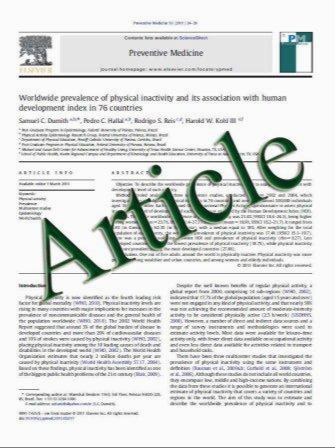Evaluation of the effects of CO2 laser on debonding of orthodontics porcelain brackets vs. the conventional method
- نوع فایل : کتاب
- زبان : انگلیسی
- مؤلف : Azita Tehranchi & Reza Fekrazad & Morvarid Zafar & Behnam Eslami & Katayoun A. M. Kalhori & Norbert Gutknecht
- چاپ و سال / کشور: 2011
Description
Debonding of ceramic brackets due to their high bond strength and low fracture toughness is one of the clinician’s complications. The purpose of this study is to evaluate the effect of a laser on shear bond strength, site of debonding, and ARI index during debonding of ceramic brackets and then compare it to the conventional method used for this procedure. Thirty polycrystalline alumina (G & H Series, Germany) brackets were bonded to 30 intact extracted first and second maxillary premolars and stored in a 1% thymol solution. A chemically cured orthodontic composite resin (No-mix, Unitek, USA) was used for bonding the brackets to the enamel surface on all teeth. All brackets were positioned 4 mm from the incisal edge of the teeth with an orthodontic bracket-positioning device. Then the teeth with bonded brackets were embedded in auto-polymerized polymethylmethacrylate (2.2.3 cm) blocks using a special device to make their slots horizontally parallel. These 30 teeth were then divided into two subgroups: control or no-lased (n=15) and super pulse CO2 laser (n=15). To characterize the peak of SBS in two groups, we used an Instron machine while its blade was moving at a constant speed of 1 mm/min. For evaluating the site of debonding and the adhesive remnant index (ARI index), a light microscope and the Photoshop program were used. Means and standard deviations of the SBS in two subgroups shows that in the control group, the teeth have definitely higher values in comparison to the experimental group. The results of the two groups drew no substantial differences with respect to the surface of debonding, which was mostly within the adhesive. However, observing the results of ARI presented a significant distinction between the control and experimental group. This index denoted that the debonding site in the control group was closer to the enamel adhesive interface and, consequently, the rate of enamel damage in this group would be greater. The present study shows that a CO2 laser has the potential to replace the conventional method for debonding ceramic brackets due to less debonding force and more adhesive remnant index on the tooth surface.
Lasers Med Sci (2011) 26:563–567 DOI 10.1007/s10103-010-0820-y Received: 26 March 2009 / Accepted: 20 July 2010 / Published online: 20 August 2010


